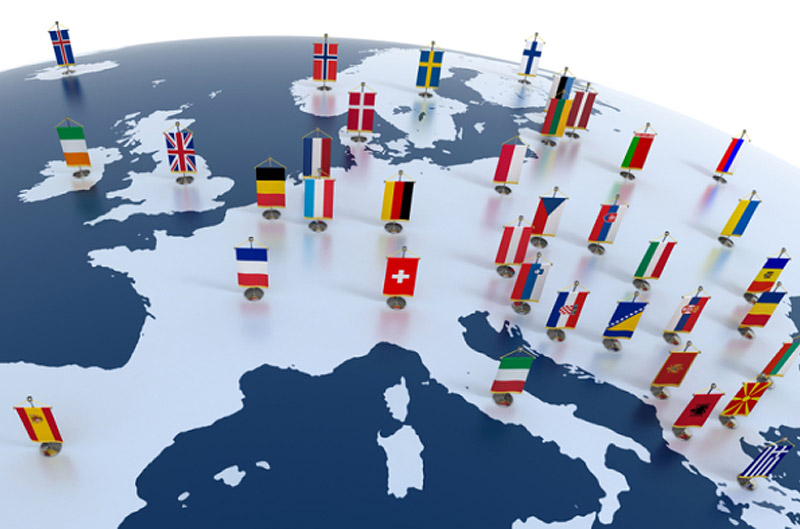
The European Union, with a population of over 450 million people, represents a lucrative market for food exporters worldwide. However, navigating the regulatory landscape and meeting the stringent standards can be a daunting task. This comprehensive guide aims to simplify the process and equip you with the knowledge necessary to successfully export food products to Europe.
1. Identify Your Target Market
The first step is to identify your specific target market within the EU. This involves researching consumer preferences, dietary trends, and market regulations in different EU member states. Tailoring your product offerings and marketing strategies to align with these preferences will increase your chances of success.
2. Comply with EU Standards
Food products exported to the EU must adhere to the bloc's rigorous safety and quality standards. These standards encompass labeling, packaging, and food processing requirements. Ensure your products meet these standards to avoid delays and potential rejections at customs.
3. Obtain Necessary Permits
Depending on the type of food product, you may require specific permits for exporting to the EU. For instance, exporting animal products necessitates obtaining a health certificate from the competent authority in your country of origin.
4. Find Buyers
Establishing strong relationships with potential buyers in the EU is crucial for expanding your market reach. Attend trade shows, network with industry professionals, and utilize online platforms to connect with relevant buyers.
5. Arrange Transportation and Logistics
Proper transportation and logistics management are essential to ensure the safe and timely delivery of your products. Partner with reliable freight forwarders and shipping companies to handle international transportation and customs clearance.
6. Complete Customs Procedures
Exporting food products to the EU requires complying with customs formalities. This includes paying customs duties and providing the necessary documentation, such as commercial invoices, packing lists, and certificates of origin.
7. Provide After-Sales Support
Offering excellent after-sales support to your EU customers will foster brand loyalty and encourage repeat business. Address any concerns promptly, provide product information, and maintain open communication channels.
Valuable Resources:
Additional Tips:
By following these guidelines and conducting thorough research, you can successfully navigate the complexities of exporting food products to Europe and reap the rewards of this dynamic market.